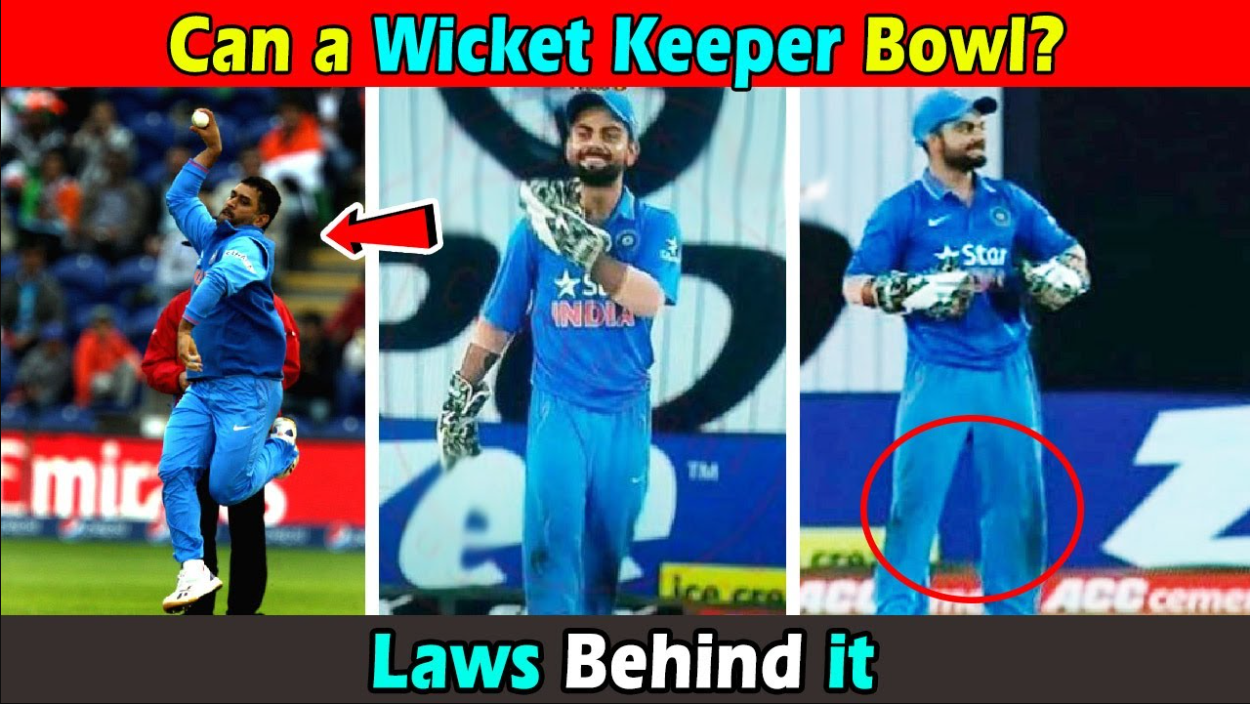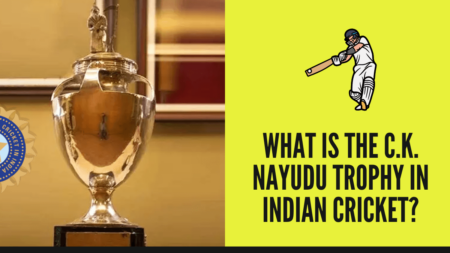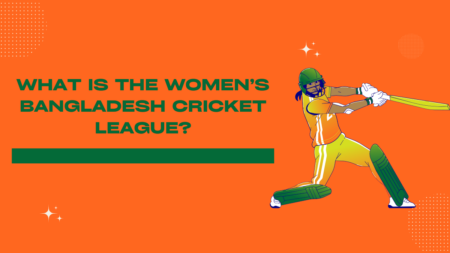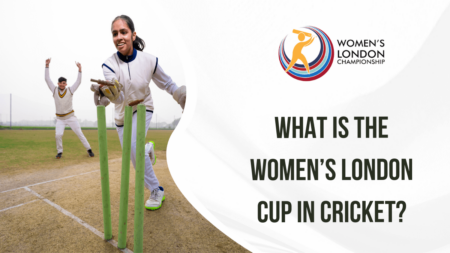

A wicket-keeper is a designated player in cricket who stands behind the wickets or the stumps to receive or catch the ball. The wicket-keeper is the only player on the field from the bowling side who can wear the leg pads and gloves.
A wicket-keeper is required to be athletic and sharp in order to bag diving catches, quick stumpings and inflict run outs. The wicket-keeper of a team can also bowl. Usually, a playing eleven of a side will have at least five players who possess the skillsets of a bowler. In rare instances, can a team be so devoid of an alternative bowler that the wicket-keeper is asked to bowl.
Even in such uncommon instances, a wicket-keeper can certainly bowl. The keeper can hand over the wicket-keeping gloves to another fielder who then plays the role of a wicket-keeper. The captain of a side can ask the keeper to bowl when some overs need to be filled in. This can happen when the team is short of a bowler. In some other cases, the keeper may need to bowl when the captain wishes one of the bowlers to bowl from the other end of the pitch. In such a case, only one over from the keeper can suffice.
The wicket-keeper possesses the skillsets of a batter. Apart from the bowlers and the keeper, the remaining players are the batters. Each batter can bowl should he or she have the experience and basic skills required to bowl. Batters who come on to bowl are called part-time bowlers. Similarly, a keeper who comes on to bowl is also tagged as a part-time bowler.
To summarise, there is no law in cricket that prohibits the wicket-keeper from bowling in the match.




